


Item |
Resident cost |
Nonresident cost |
Hunt/fish combo license* |
$75 |
$155 |
Hunt license* |
$38 |
N/A |
Hunt/fish combo license youth (12 to 17)* |
$15 |
$15 |
Elk application fee(s) |
$19 |
$19 |
Antelope application fee |
$14 |
$14 |
Elk tag |
$120 |
$1,200 |
Antlerless elk tag |
$120 |
$500 |
Antelope tag (longer than ears) |
$60 |
$300 |
Item | Resident cost | Nonresident cost |
Hunt/fish combo license* | $75 | $155 |
Hunt license* | $38 | N/A |
Hunt/fish combo license youth (12 to 17)* | $15 | $15 |
Elk application fee(s) | $19 | $19 |
Antelope application fee | $14 | $14 |
Elk tag | $120 | $1,200 |
Antlerless elk tag | $120 | $500 |
Antelope tag (longer than ears) | $60 | $300 |
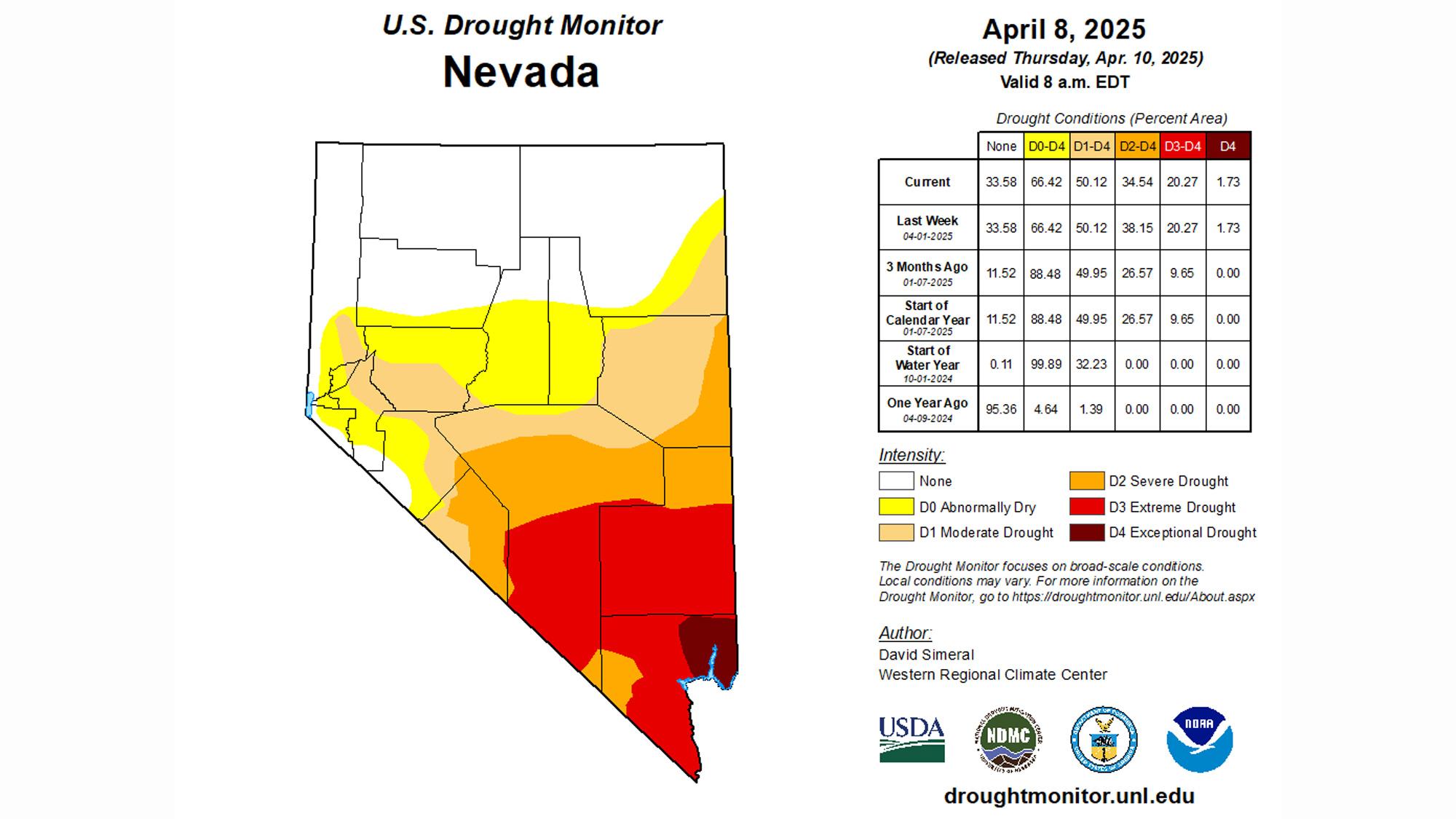
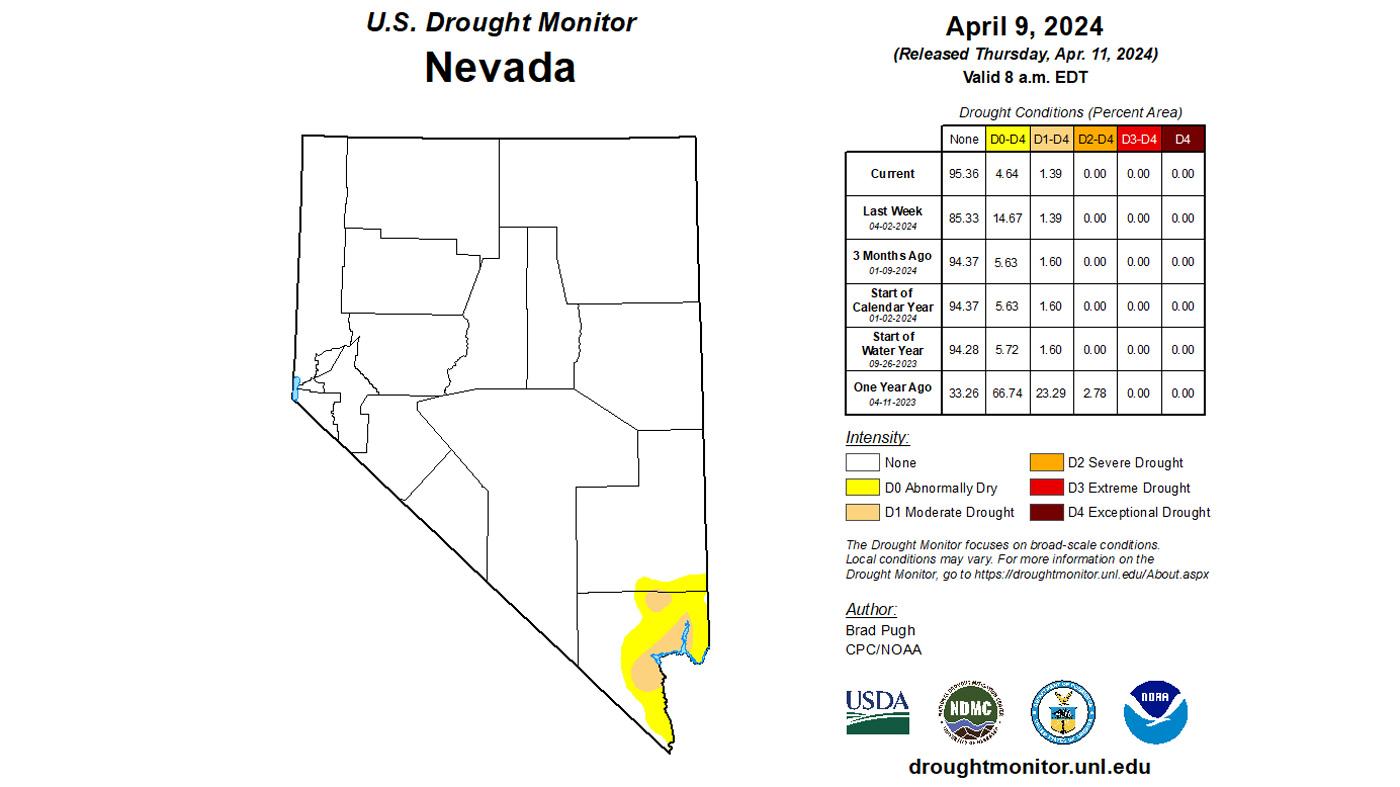
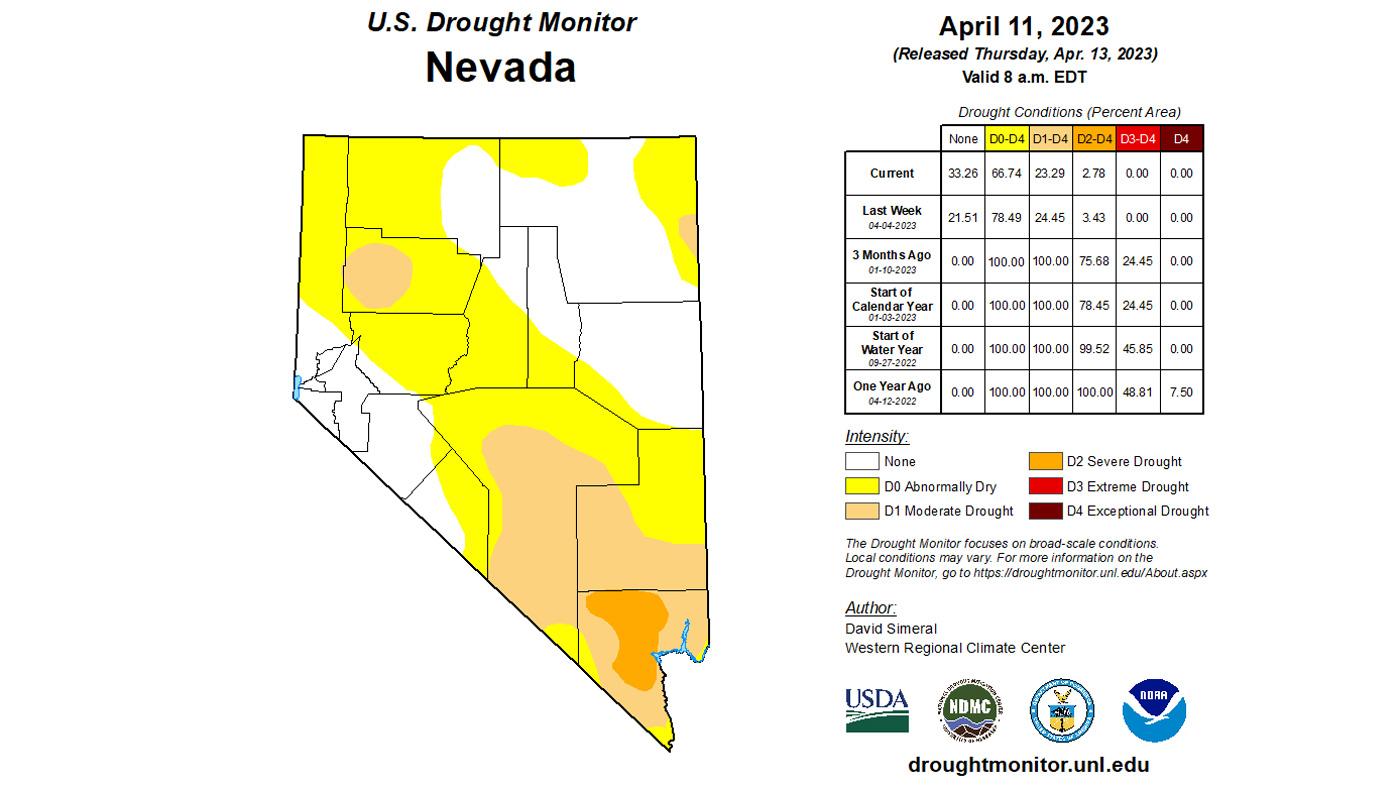
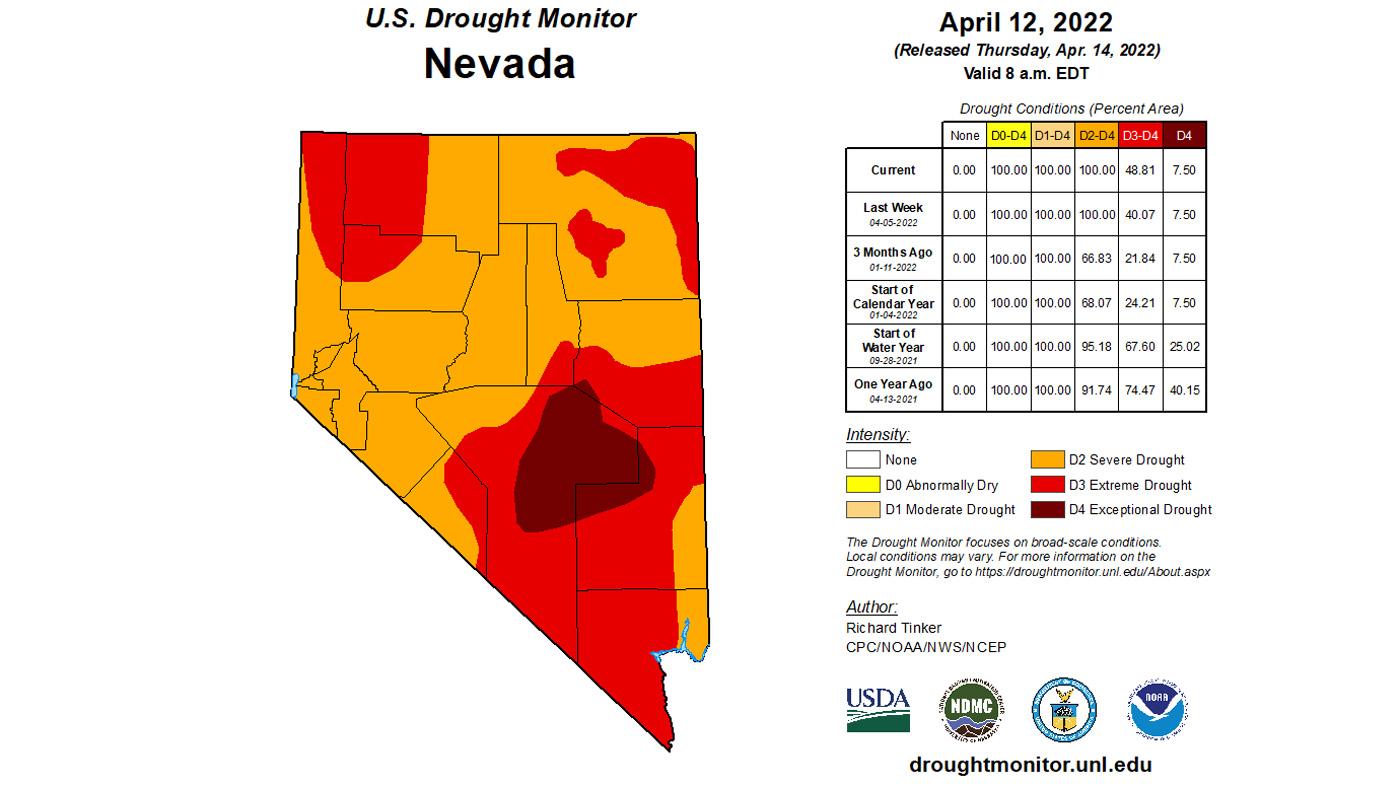
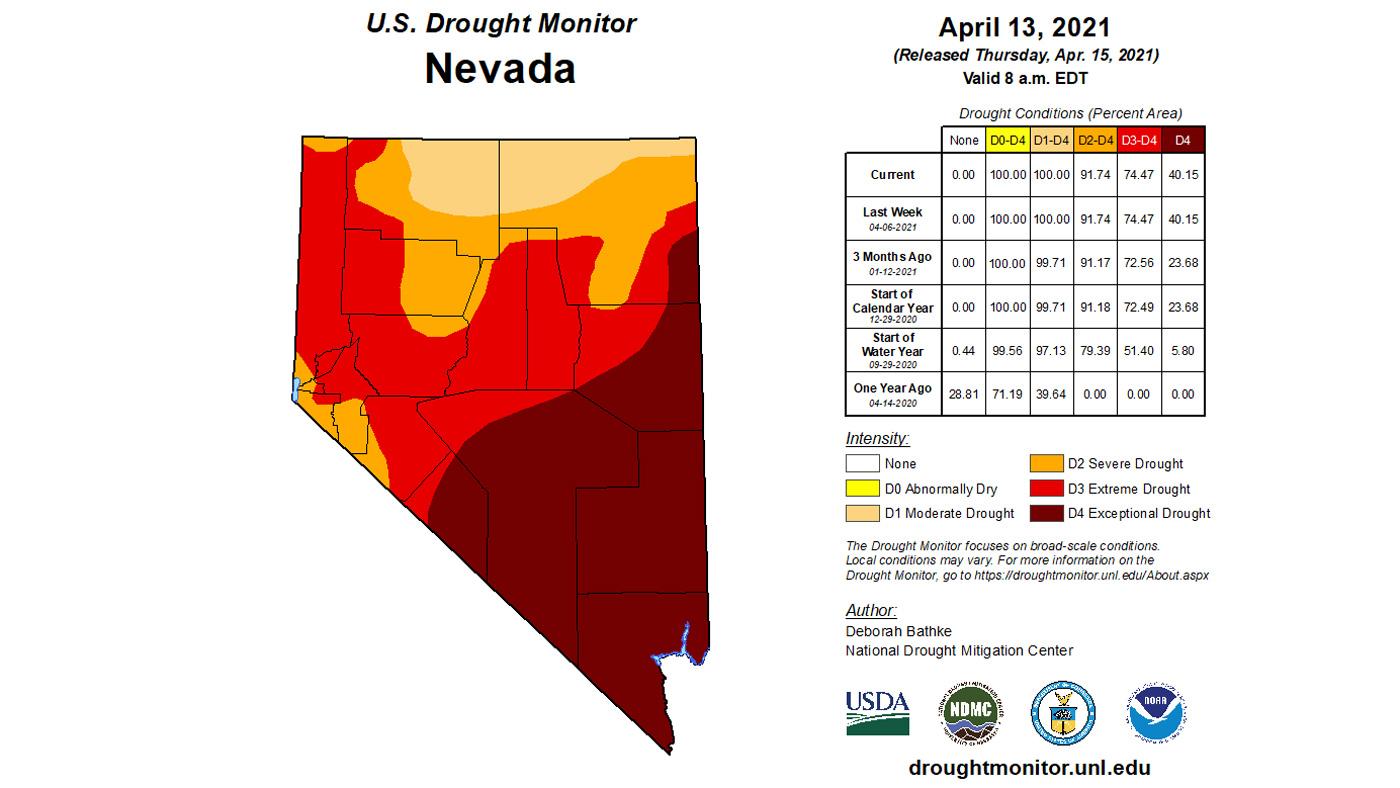
Unit group |
Population estimate |
051 |
120 |
061, 071 |
1,500 |
062, 064, 066 - 068 |
550 |
072 - 075 |
1,300 |
076, 077, 079, 081 |
1,300 |
078, 105 - 107, 109 |
700 |
091 |
350 |
104, 108, 121 |
900 |
108, 131, 132 |
320 |
111 - 115 |
2,300 |
221 - 223 |
1,800 |
161 - 164 |
750 |
231 |
650 |
241, 242 |
110 |
262 |
160 |
Unit group | Population estimate |
051 | 120 |
061, 071 | 1,500 |
062, 064, 066 - 068 | 550 |
072 - 075 | 1,300 |
076, 077, 079, 081 | 1,300 |
078, 105 - 107, 109 | 700 |
091 | 350 |
104, 108, 121 | 900 |
108, 131, 132 | 320 |
111 - 115 | 2,300 |
221 - 223 | 1,800 |
161 - 164 | 750 |
231 | 650 |
241, 242 | 110 |
262 | 160 |
Unit group |
50 inch + main beam length 2024 |
50 inch + main beam length three-year average |
Percentage 6 point + |
051 |
67% |
50% |
100% |
061, 071 |
27% |
23% |
73% |
062, 064, 066 - 068 |
7% |
24% |
67% |
065 |
- |
- |
- |
072 - 074 |
21% |
20% |
69% |
075 |
26% |
32% |
75% |
076, 077, 079, 081 |
30% |
26% |
73% |
078, 105 - 107, 109 |
52% |
44% |
85% |
091 |
60% |
24% |
90% |
101-103 |
0% |
12% |
52% |
104, 108, 121 |
51% |
43% |
75% |
108, 131, 132 |
60% |
50% |
86% |
111-115 |
49% |
42% |
81% |
144,145 |
0% |
13% |
0% |
161-164, 171-173 |
27% |
28% |
56% |
221-223 |
40% |
42% |
66% |
231 |
31% |
33% |
65% |
241, 242 |
14% |
23% |
86% |
251 |
- |
0% |
- |
262 |
17% |
31% |
17% |
Unit group | 50 inch + main beam length 2024 | 50 inch + main beam length three-year average | Percentage 6 point + |
051 | 67% | 50% | 100% |
061, 071 | 27% | 23% | 73% |
062, 064, 066 - 068 | 7% | 24% | 67% |
065 | - | - | - |
072 - 074 | 21% | 20% | 69% |
075 | 26% | 32% | 75% |
076, 077, 079, 081 | 30% | 26% | 73% |
078, 105 - 107, 109 | 52% | 44% | 85% |
091 | 60% | 24% | 90% |
101-103 | 0% | 12% | 52% |
104, 108, 121 | 51% | 43% | 75% |
108, 131, 132 | 60% | 50% | 86% |
111-115 | 49% | 42% | 81% |
144,145 | 0% | 13% | 0% |
161-164, 171-173 | 27% | 28% | 56% |
221-223 | 40% | 42% | 66% |
231 | 31% | 33% | 65% |
241, 242 | 14% | 23% | 86% |
251 | - | 0% | - |
262 | 17% | 31% | 17% |
Unit |
Trophy potential |
Harvest success |
Bulls 6 point + |
Bull:cow ratio |
Number of resident tags |
Number of nonresident tags |
111/112/113/114/115 |
380”+ |
Archery-58% |
100% |
47:100 |
25 |
3 |
221/222/223 |
380”+ |
Archery-38% |
67% |
24:100 |
36 |
4 |
161/162/163/164/171/172/173 |
370”+ |
Archery-50% |
100% |
18:100 |
7 |
1 |
104/108/121 |
350”+ |
Archery-60% |
89% |
35:100 |
15 |
2 |
231 |
360”+ |
Archery-40% |
88% |
35:100 |
21 |
2 |
076/077/079/081 |
360”+ |
Archery-46% |
75% |
34:100 |
25 |
3 |
078/105/106/107/109 |
350”+ |
Archery-30% |
67% |
26:100 |
10 |
2 |
108/131/132 |
350”+ |
Archery-43% |
100% |
39:100 |
6 |
1 |
062/064/066/067/068 |
350”+ |
Archery-0% |
0% |
15:100 |
5 |
1 |
072/073/074 |
350”+ |
Archery-24% |
88% |
- |
30 |
4 |
075 |
340”+ |
Archery-50% |
50% |
- |
4 |
0 |
061/071 |
350”+ |
Archery-11% |
100% |
42:100 |
17 |
2 |
Unit | Trophy potential | Harvest success | Bulls 6 point + | Bull:cow ratio | Number of resident tags | Number of nonresident tags |
111/112/113/114/115 | 380”+ | Archery-58% | 100% | 47:100 | 25 | 3 |
221/222/223 | 380”+ | Archery-38% | 67% | 24:100 | 36 | 4 |
161/162/163/164/171/172/173 | 370”+ | Archery-50% | 100% | 18:100 | 7 | 1 |
104/108/121 | 350”+ | Archery-60% | 89% | 35:100 | 15 | 2 |
231 | 360”+ | Archery-40% | 88% | 35:100 | 21 | 2 |
076/077/079/081 | 360”+ | Archery-46% | 75% | 34:100 | 25 | 3 |
078/105/106/107/109 | 350”+ | Archery-30% | 67% | 26:100 | 10 | 2 |
108/131/132 | 350”+ | Archery-43% | 100% | 39:100 | 6 | 1 |
062/064/066/067/068 | 350”+ | Archery-0% | 0% | 15:100 | 5 | 1 |
072/073/074 | 350”+ | Archery-24% | 88% | - | 30 | 4 |
075 | 340”+ | Archery-50% | 50% | - | 4 | 0 |
061/071 | 350”+ | Archery-11% | 100% | 42:100 | 17 | 2 |
Unit group |
Population |
Buck:doe ratio |
011 |
650 |
28:100 |
012-014 |
1,600 |
28:100 |
015 |
1,000 |
32:100 |
021, 022 |
600 |
24:100 |
031 |
1,200 |
14:100 |
032, 034 |
1,000 |
14:100 |
033 |
900 |
34:100 |
35 |
500 |
14:100 |
041, 042 |
1,300 |
36:100 |
043-046 |
2,500 |
42:100 |
051 |
750 |
40:100 |
061, 062, 064, 071, 073 |
2,300 |
48:100 |
065, 142, 144 |
850 |
42:100 |
066 |
400 |
- |
067, 068 |
1,400 |
57:100 |
072, 074, 075 |
1,200 |
39:100 |
076, 077, 079, 081, 091 |
900 |
58:100 |
078, 105 - 107, 121 |
750 |
26:100 |
101 - 104, 108, 109, 144 |
975 |
49:100 |
111 - 114 |
1,300 |
34:100 |
115, 231, 242 |
590 |
35:100 |
131, 145, 163, 164 |
460 |
29:100 |
132 - 134, 245 |
460 |
22:100 |
141, 143, 151 - 156 |
5,300 |
61:100 |
161, 162 |
340 |
16:100 |
171 - 173 |
400 |
13:100 |
181 - 184 |
1,400 |
23:100 |
202, 204 |
80 |
36:100 |
203, 291 |
180 |
54:100 |
205 - 208 |
270 |
31:100 |
211 - 213 |
100 |
73:100 |
221 - 223, 241 |
450 |
34:100 |
251 |
450 |
23:100 |
Unit group | Population | Buck:doe ratio |
011 | 650 | 28:100 |
012-014 | 1,600 | 28:100 |
015 | 1,000 | 32:100 |
021, 022 | 600 | 24:100 |
031 | 1,200 | 14:100 |
032, 034 | 1,000 | 14:100 |
033 | 900 | 34:100 |
35 | 500 | 14:100 |
041, 042 | 1,300 | 36:100 |
043-046 | 2,500 | 42:100 |
051 | 750 | 40:100 |
061, 062, 064, 071, 073 | 2,300 | 48:100 |
065, 142, 144 | 850 | 42:100 |
066 | 400 | - |
067, 068 | 1,400 | 57:100 |
072, 074, 075 | 1,200 | 39:100 |
076, 077, 079, 081, 091 | 900 | 58:100 |
078, 105 - 107, 121 | 750 | 26:100 |
101 - 104, 108, 109, 144 | 975 | 49:100 |
111 - 114 | 1,300 | 34:100 |
115, 231, 242 | 590 | 35:100 |
131, 145, 163, 164 | 460 | 29:100 |
132 - 134, 245 | 460 | 22:100 |
141, 143, 151 - 156 | 5,300 | 61:100 |
161, 162 | 340 | 16:100 |
171 - 173 | 400 | 13:100 |
181 - 184 | 1,400 | 23:100 |
202, 204 | 80 | 36:100 |
203, 291 | 180 | 54:100 |
205 - 208 | 270 | 31:100 |
211 - 213 | 100 | 73:100 |
221 - 223, 241 | 450 | 34:100 |
251 | 450 | 23:100 |
Unit Group |
2024 |
011 |
19% |
012-014 |
10% |
015 |
15% |
021, 022 |
21% |
031 |
10% |
032, 034, 035 |
23% |
033 |
9% |
041, 042 |
10% |
043-046 |
12% |
051 |
25% |
061, 062, 064, 071, 073 |
20% |
065, 142, 144 |
31% |
066 |
17% |
067, 068 |
24% |
072, 074, 075 |
25% |
076, 077, 079, 081, 091 |
37% |
078, 105 - 107, 121 |
21% |
101 - 104, 108, 109, 144 |
27% |
111 - 114 |
16% |
115, 231, 242 |
18% |
131, 145, 163, 164 |
29% |
132 - 134, 245 |
0% |
141, 143, 151 - 156 |
15% |
161, 162 |
26% |
171 - 173 |
19% |
181 - 184 |
23% |
202, 204 |
14% |
203, 291 |
14% |
205 - 208 |
21% |
211 - 213 |
17% |
221 - 223, 241 |
24% |
251 |
15% |
Unit Group | 2024 |
011 | 19% |
012-014 | 10% |
015 | 15% |
021, 022 | 21% |
031 | 10% |
032, 034, 035 | 23% |
033 | 9% |
041, 042 | 10% |
043-046 | 12% |
051 | 25% |
061, 062, 064, 071, 073 | 20% |
065, 142, 144 | 31% |
066 | 17% |
067, 068 | 24% |
072, 074, 075 | 25% |
076, 077, 079, 081, 091 | 37% |
078, 105 - 107, 121 | 21% |
101 - 104, 108, 109, 144 | 27% |
111 - 114 | 16% |
115, 231, 242 | 18% |
131, 145, 163, 164 | 29% |
132 - 134, 245 | 0% |
141, 143, 151 - 156 | 15% |
161, 162 | 26% |
171 - 173 | 19% |
181 - 184 | 23% |
202, 204 | 14% |
203, 291 | 14% |
205 - 208 | 21% |
211 - 213 | 17% |
221 - 223, 241 | 24% |
251 | 15% |
Unit |
Trophy potential |
Harvest success |
Percentage of 15”+ horn length |
Number of resident tags |
Number of nonresident tags |
067/068 |
80”+ |
Archery-11% |
17% |
55 |
6 |
251 |
80”+ |
Archery-100% |
0% |
4 |
0 |
161/162 |
80”+ |
Archery-60% |
33% |
4 |
1 |
021/022 |
80”+ |
Archery-56% |
20% |
10 |
1 |
041/042 |
80”+ |
Archery-63% |
20% |
9 |
1 |
171/172/173 |
80”+ |
Archery-80% |
0% |
5 |
1 |
012/013/014 |
80”+ |
Archery-19% |
0% |
27 |
3 |
015 |
80”+ |
Archery-19% |
20% |
26 |
3 |
031 |
80”+ |
Archery-32% |
0% |
25 |
3 |
032/034 |
80”+ |
Archery-13% |
0% |
20 |
2 |
011 |
80”+ |
Archery-53% |
0% |
20 |
2 |
033 |
80”+ |
Archery-17% |
100% |
7 |
1 |
076/077/079/081/091 |
75”+ |
Archery-48% |
27% |
25 |
0 |
051 |
75”+ |
Archery-30% |
17% |
20 |
2 |
061/062/064/071/073 |
75”+ |
Archery-34% |
10% |
60 |
7 |
072/074/075 |
75”+ |
Archery-26% |
20% |
20 |
2 |
043/044/045/046 |
75”+ |
Archery-32% |
13% |
45 |
5 |
131/145/163/164 |
80”+ |
Archery-67% |
0% |
3 |
1 |
132/133/134/245 |
75”+ |
Archery-0% |
0% |
1 |
1 |
065/142/144 |
80”+ |
Archery-29% |
29% |
25 |
2 |
141/143/151/152/153/154/155/156 |
75”+ |
Archery-25% |
17% |
92 |
11 |
066 |
75”+ |
Archery-75% |
33% |
4 |
0 |
035 |
75”+ |
Archery-80% |
0% |
4 |
1 |
181/182/183/184 |
75% |
Archery-44% |
25% |
10 |
1 |
078/105/106/107/121 |
75”+ |
Archery-50% |
0% |
4 |
1 |
111/112/113/114 |
75”+ |
Archery-45% |
22% |
20 |
2 |
101/102/103/104/108/109/144 |
75”+ |
Archery-47% |
44% |
20 |
2 |
Unit | Trophy potential | Harvest success | Percentage of 15”+ horn length | Number of resident tags | Number of nonresident tags |
067/068 | 80”+ | Archery-11% | 17% | 55 | 6 |
251 | 80”+ | Archery-100% | 0% | 4 | 0 |
161/162 | 80”+ | Archery-60% | 33% | 4 | 1 |
021/022 | 80”+ | Archery-56% | 20% | 10 | 1 |
041/042 | 80”+ | Archery-63% | 20% | 9 | 1 |
171/172/173 | 80”+ | Archery-80% | 0% | 5 | 1 |
012/013/014 | 80”+ | Archery-19% | 0% | 27 | 3 |
015 | 80”+ | Archery-19% | 20% | 26 | 3 |
031 | 80”+ | Archery-32% | 0% | 25 | 3 |
032/034 | 80”+ | Archery-13% | 0% | 20 | 2 |
011 | 80”+ | Archery-53% | 0% | 20 | 2 |
033 | 80”+ | Archery-17% | 100% | 7 | 1 |
076/077/079/081/091 | 75”+ | Archery-48% | 27% | 25 | 0 |
051 | 75”+ | Archery-30% | 17% | 20 | 2 |
061/062/064/071/073 | 75”+ | Archery-34% | 10% | 60 | 7 |
072/074/075 | 75”+ | Archery-26% | 20% | 20 | 2 |
043/044/045/046 | 75”+ | Archery-32% | 13% | 45 | 5 |
131/145/163/164 | 80”+ | Archery-67% | 0% | 3 | 1 |
132/133/134/245 | 75”+ | Archery-0% | 0% | 1 | 1 |
065/142/144 | 80”+ | Archery-29% | 29% | 25 | 2 |
141/143/151/152/153/154/155/156 | 75”+ | Archery-25% | 17% | 92 | 11 |
066 | 75”+ | Archery-75% | 33% | 4 | 0 |
035 | 75”+ | Archery-80% | 0% | 4 | 1 |
181/182/183/184 | 75% | Archery-44% | 25% | 10 | 1 |
078/105/106/107/121 | 75”+ | Archery-50% | 0% | 4 | 1 |
111/112/113/114 | 75”+ | Archery-45% | 22% | 20 | 2 |
101/102/103/104/108/109/144 | 75”+ | Archery-47% | 44% | 20 | 2 |
Note: The application deadline for all Nevada species is May 7, 2025, by 11:00 p.m. PT. You can apply online here.
*Applicants who want to build bonus points if they are unsuccessful in the draw will need to purchase a hunting license or hunt/fish combo license. If they do not purchase the hunting license, they will not be given a bonus point. Tag fees will only be charged if you are successful in the draw. You do not have to front tag fees when you apply.
2025
2024
2023
2022
2021
Nevada has a random weighted bonus point draw system. Every applicant who applies has a chance to draw the tags they applied for; however, bonus points increase the chances of being successful in the draw over time. The Nevada tag quota split for residents and nonresidents is approximately a 90/10 split.
Nevada has a bonus point system where applicants will receive one bonus point for each year they apply and are unsuccessful in the draw. You must buy a hunting license when you apply if you wish to receive a bonus point after the draw. Applicants who do not buy the hunting license will not receive a bonus point. Bonus points are species specific. For example, you cannot apply bonus points you have accrued for antelope towards an elk application. Applicants can apply for bonus points only if they do not want to select hunts. We recommend that applicants apply for hunts and not points only. Remember that the draw is random, so you have a chance to draw and you will receive a point if you are unsuccessful in the draw. The only reason not to apply for hunts is if you cannot afford the cost of the tag should you draw it or the time off of work.
Bonus points are squared in the draw. For example, if you have five bonus points, you will have 26 chances in the draw (5 x 5 + 1 (this year’s application) = 26). If an applicant draws a tag or fails to apply for two consecutive years, the bonus points will be purged.
Applicants can apply for up to five choices when they apply. When an application is considered in the draw, the Nevada Department of Wildlife (NDOW) will attempt to allocate the first choice. If all permits are gone for that hunt, they will attempt to allocate the second choice. If all tags are gone for your second choice, they will attempt to award you a tag for your third choice. They continue through all five hunt choices before moving to the next applicant. Thus, applicants could draw any of their five hunt choices.
Due to this process, applicants should include hunts for all five choices to increase their chances of drawing a tag. Also, applicants should stagger their hunt choices from best hunt (worst odds) to better odds (decent hunt). If you were to apply inversely (best odds to worst odds), you are essentially wasting your latter hunt choices.
Nevada allows hunters to apply on a group application for deer, antlerless elk and antelope (horns shorter than ears). Residents and nonresidents can apply together on a group application. Doing so does not increase odds for a nonresident; the nonresident tags will still come from the nonresident quota. Applying as a group does have the potential to negatively impact odds slightly as Nevada will not over-allocate tags to cover a group application if there are not enough tags to satisfy the size of the group. Bonus points for a group application are averaged and rounded to the nearest whole number.
If a group application has been drawn and the group wants to return their tags to have bonus points reinstated, every member of the group must return their tag.
The draw will be conducted in the following order:
The draw order allows applicants to apply for all species and sex that they wish to hunt without the issue of drawing a lower-tiered tag. Applicants are only allowed to draw a single tag for each species.
Within seven days of the results of the draw, applicants who successfully drew a tag can choose to electronically return their tag. Hunters who drew an elk or antelope tag can turn them back in up to one day prior to the start of the season. In this case, they will retain their bonus points and gain one for this year’s application.
Any remaining tags after the main draw will become available in a second drawing to both residents and nonresidents. If you apply and draw a tag in the second drawing, your bonus points will be purged. Online applications for the second draw are due by 11 p.m. on June 16, 2025.
All mule deer, antelope, black bear, elk, mountain goat and bighorn sheep tags that remain after the secondary draw and any returned tags that have not been claimed by an eligible alternate will be listed and sold on a first come, first served basis through the NDOW licensing system. The first come, first served program generally opens in early July. Bonus points will be purged if you purchase a leftover or returned tag.
As previously stated, applicants who drew a tag can return their deer, elk or antelope tags up until one day prior to their hunt starting. If the tag is not accepted by an alternate, it will be listed randomly on the first come, first served list and can be potentially purchased. For 2025, in order to purchase a resident returned tag, you must be a resident of Nevada. A nonresident of Nevada can only purchase a tag that was originally drawn and returned by a nonresident.
Generally speaking, Nevada has taken a high quality, limited opportunity approach to game management mostly due to the fact that Nevada is historically a very dry state and carrying capacity is lower than other western states. If you buck the odds and draw an elk or antelope tag in Nevada, the opportunity to tag out on a trophy animal is very good. The primary issue for nonresidents is that there are very few permits issued and the odds of drawing are extremely tough.
If you decide to begin to apply in Nevada you must understand that, under their current draw system, there is a high likelihood that you may never draw a bull elk tag — even for archery hunts in mid- to low-tier trophy quality areas. Antelope permits are also tough to draw, but the odds for some archery antelope hunts are better. Applying in Nevada is a cost/value analysis for nonresidents. It is expensive for a nonresident to buy the license, apply and build points year after year. If you apply for all species and are willing to apply for primitive weapons or less than prime season hunts that have better odds, it may be worth it. I personally look at Nevada as a state where you can hunt deer and possibly antelope with a bow every three to 10 years. That keeps me applying in hopes that I will also get lucky and draw an elk and/or bighorn sheep tag along the way. The quality is very good; the tags are just hard to come by.
Nevada is arguably the best state in the West for producing big bulls. At a minimum, it’s among the top three and any hunter hoping to chase mature bulls should plan on applying in Nevada. This winter has been average in terms of moisture. Much of the central and northern portions of the state saw good moisture while the southern half of the state has struggled. The prior year, 2022-2023, was an exceptional water year and, going into this fall, the antler growth should be good. I would not expect a banner year, but it should be a good year to have a bull elk tag in Nevada. The quality comes with a cost and the odds of drawing an elk tag are extremely tough. The cost to apply in Nevada is also among the more expensive states, but, once again, the quality of bulls is very good so it may be worth it depending on what your personal objectives and financial situation is. My advice for each applicant is to review the draw odds and do a cost benefit analysis to see if applying makes sense. I would suggest that any applicant who buys the hunting license to apply and build bonus points should apply for every species that they are interested in to improve their odds of drawing a tag of some kind.
Nevada offers archery, muzzleloader and rifle seasons. The archery hunts in many years tend to produce the biggest bulls. Bowhunters get the first opportunity and, given that tags are hard to draw, hunters tend to put in more time for scouting and hunting. The bow hunt is early in Nevada, with most units offering archery hunts from Aug. 25 to Sept. 16. There are a couple units (061/071, 062/064/066-068) that have an archery hunt that occurs from Aug. 16 to 31. Those hunts typically have the best draw odds, but hunters are unlikely to experience any part of the rut and should plan on spot and stalk or ambush style hunting. The other archery hunts also conclude prior to the best part of the rut; however, during the last week you should hear bulls bugling and have the opportunity to call.
The muzzleloader hunts in some units occur during some part of the rut. Units 161-164/171-173 and 241/242 have been rotated to Sept. 17 to 30. Muzzleloader hunts in Units 072-074 and 075 will occur from Oct. 5 to 21. All of these should be good rut hunts. Other September muzzleloader hunts will occur in Units 051, 061/071 and 062/064/066-068. The other units have muzzleloader hunts that occur from Oct. 22 to Nov. 5. The late hunts are more challenging to find the bigger bulls and many of the bulls will have broken tines, but lucky tag holders should still see a good number of bulls and have opportunities to harvest. Overall, the muzzleloader hunts are great hunts and definitely worth considering and applying for as some of your hunt choices.
Most rifle hunts in Nevada are late season hunts where the weather is cold and snow is not uncommon. The bulls will have pulled away from the cow/calf herds and will have found pockets of refuge where they can regain weight after the rut. Finding the bigger bulls on the rifle hunts can be tough. There are a couple units that have early rifle hunts, those are going to be Units 051, 061/071 (which has two October rifle hunts), 072-074, 075 early, 078/105-107/109 and 091. The rifle hunt success rates are typically not as high as people might think. The reasoning behind that is due to the fact that bulls can be tough to find, the hunts are more physically demanding and the weather is much more challenging to deal with later in the year.
Overall, Nevada does not have the populations of elk that other neighboring states have, but what they lack in numbers they make up for in quality. The odds of drawing a tag in Nevada are steep — there’s no sugar coating that — but where the draw is completely random and your odds improve over time as you build bonus points, it’s worth applying for if you dream of hunting giant bulls.
Approximately 90% of the elk herds are at or below objectives. The estimated elk population for 2024 was around 17,750.
Maximum bonus points for elk: 33
Nevada isn’t talked about like other states such as Arizona, New Mexico or Wyoming in terms of trophy quality antelope, but it continues to produce record book bucks and 2025 should be a great year. With the mild winter and early spring green up, I anticipate this year will be a very good year for horn growth. Historically, there have been units that produced bigger bucks, but in the past couple years, there seems to be some bigger bucks being taken in lesser known units. The point is that any antelope tag in Nevada is a good tag and, if a hunter is willing to put significant time and effort into hunting several days, they have a high likelihood of shooting a great buck.
Nevada offers archery, muzzleloader and rifle hunts. Most hunts allow hunters to hunt during some portion of the rut. Early archery hunters can use water to their advantage to ambush hunt or attempt to spot and stalk one of the most challenging animals in the West. The rifle hunts have very high harvest success numbers, but the key to killing a great buck is being patient and looking over a number of bucks until you find the one you like. If you are hoping to hunt an area with better trophy potential, pay attention to the hunts and units with good 15”+ horn height percentages in the table below. Draw odds for antelope tags in Nevada are not good, but they are better than other species like elk and bighorn sheep. There were six archery antelope hunts that offered 10% plus draw odds at the five-point level. Understandably, 10% odds for an archery antelope tag after applying and building points for five years is not good, but the trophy potential is and, if you apply for all species in Nevada, I think it’s worth it. The rifle and muzzleloader odds are, again, very low. Plan on applying for antelope as long as you are also buying the hunting license and applying for other species. Antelope represents one of the better draw odds opportunities, along with mule deer, to draw some sort of tag in Nevada.
Maximum bonus points for antelope: 30
There are also three other chances to draw a Nevada tag. Get a full breakdown of Nevada's Partnership in Wildlife, Silver State, and Nevada Dream Tags at the link below:
Partnership in Wildlife
Partnership in Wildlife tags (PIW) offer the ability to hunt in any open unit in the state, although the season dates and weapon class for each hunt unit apply.
Basically, this is a statewide hunting tag for that species, but you must follow the season dates and legal weapon for that season.
Applications are $10 per species. Apply in Nevada's main draw.
Nevada Silver State Tag
For an additional $20, you can select to be included in the Silver State Tag drawings, which would make you eligible for the one permit per species drawing each year that allows the recipient the opportunity to hunt any public land across the state —just like the governor’s tag. The Silver State elk tag application fee is $20 and it's $20 for antelope.
Apply in Nevada's main draw.
Nevada Dream Tags
Nevada Dream Tags are another shot at drawing the hunt of a lifetime for mule deer, antelope, desert bighorn sheep, and elk in Nevada. Dream Tags are similar to SuperTags and Super Raffles in other Western states. This drawing is open to both residents and nonresidents. You can buy an unlimited number of raffle tickets for $5 each, plus a $0.75 processing fee, for as many species as you want. You can enter the Dream Tag raffle here.
The deadline to apply is May 7, 2025, at 11 p.m. PT.
Applicants can only apply online. You can apply online here.
Applicants will need to create an account and sign into it to apply.
Applicants will need to buy an annual hunting license to apply if they want to build bonus points. You can apply without buying the hunting license; however, you will not receive a bonus point(s) if you are unsuccessful in the draw.
You will only be charged the cost of a tag if you are successful in the draw. You do not have to front the cost of the tags you apply for.
You can apply for a bonus point only here. You will still need to purchase a hunting license. Do not apply for points only unless you cannot afford the tag should you draw or the time off to hunt. Apply for hunts!
Applicants may withdraw or change their application online before the application deadline.
Results will be made available on or before May 23, 2025.
Youth must turn 12 years old prior to the opening of any hunt choice to be eligible to apply.
Applicants must have completed a hunter education course if they were born after January 1, 1960.
It is illegal to place, maintain or use a trail camera on public land from Aug. 1 to Dec. 31 of each year.
If a hunter draws an antlered elk tag and hunts, they may not apply for the next seven open seasons.
If a hunter draws an antelope (horn longer than ears) tag and hunts, they may not apply again the next three open seasons.
If you fail to apply for two consecutive years, bonus points will be purged.
Group 1
Group 2
Group 3
Group 4
Group 5
Group 6
Group 7
Group 8
Always apply for hunts and never points only. The draw is random; as long as you apply you have some chance.
Always include five choices for each hunt when you apply. NDOW considers all five of your choices and your odds of drawing any tag are slightly better if you include all five choices because of compounding odds from the state considering all five choices.
With five choices available, the first hunt selections on your application should be for great hunts or the hunt(s) you desire most. The last three selections can be a continuation of moving toward hunts that have progressively better odds. The reason for this method is that you never know when you will be one of the first applications considered and you want to draw the best possible hunt on your application.
Silver State
Partners in Wildlife
Junior mule deer antlered
Rocky Mountain bighorn sheep ram, California bighorn sheep ram, Desert bighorn sheep ram, elk antlered, antelope horns longer than ears, mule deer antlered, mountain goat, bear, moose antlered
Elk depredation antlered, management bighorn sheep ram
Desert bighorn sheep ewe, elk antlerless, antelope horns shorter than ears
Spike elk
Elk Depredation Antlerless